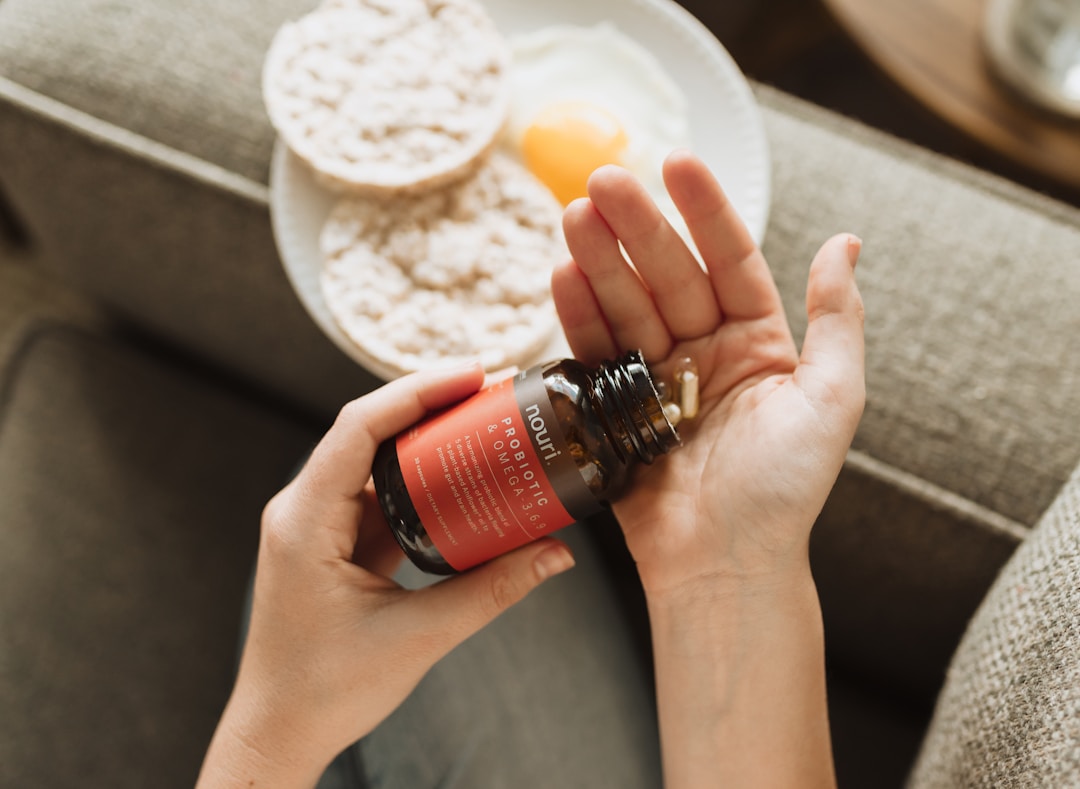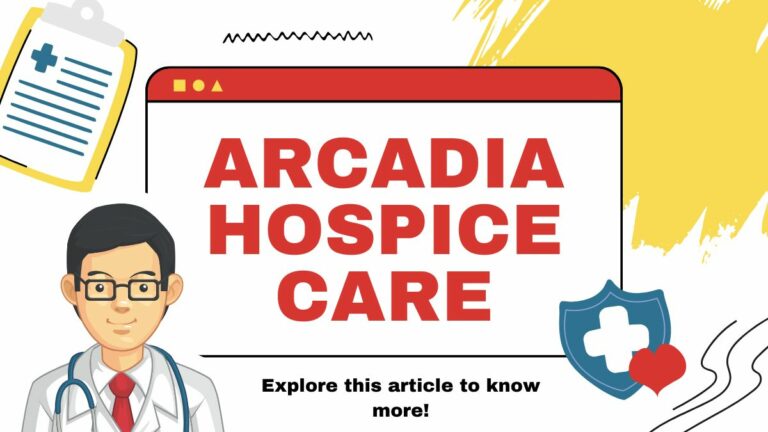Comparing Different Forms of NAD+ Supplements and Their Effectiveness

As the quest for health and longevity continues, NAD+ has emerged as a significant molecule in the anti-aging narrative. Nicotinamide adenine dinucleotide (NAD+) plays a pivotal role in a range of cellular processes, including metabolism, DNA repair, and cellular signaling. With the growing market for supplements that promise to boost NAD+ levels, it’s essential to understand the differences between various forms of supplementation and how effective they are. In this article, we’ll explore the science behind NAD+ supplementation and help you decide which option may be best for your health needs. Keep reading to unravel the puzzle of NAD+ and its diverse supplemental forms.
Understanding NAD+ and Its Importance in Cellular Health
NAD+ is a vital coenzyme present in all cells, essential for energy production, regulating circadian rhythms, and supporting DNA repair. Declining NAD+ levels with age are associated with metabolic disorders and aging-related conditions, making its maintenance crucial for health.
Research highlights its potential in combating neurodegenerative diseases like Alzheimer’s and Parkinson’s, and improving cognitive function. NAD+ supplementation has gained popularity for its touted anti-aging benefits, though the efficacy of various forms requires careful consideration and understanding of absorption and utilization mechanisms.
Sublingual NAD+ Delivery: Efficacy and User Convenience
Sublingual NAD+ supplements are gaining popularity due to their direct absorption into the bloodstream, bypassing the digestive system for potentially quicker effects. This delivery method may offer advantages such as avoiding degradation by stomach acids and enzymes, though individual response may vary based on formulation and physiology.
While promising, sublingual delivery’s efficacy depends on factors like supplement formula and individual biology. It presents a convenient middle ground between oral and invasive administration methods, albeit at a higher cost, prompting users to consider the balance between benefits and investment.
Intravenous vs. Oral NAD+ Supplements: A Comparative Analysis

IV NAD+ therapy delivers NAD+ directly into the bloodstream for maximum bioavailability, making it ideal for rapid replenishment in medical settings, particularly for addiction recovery. However, its cost, need for recurring visits, and invasive nature may deter some individuals.
On the other hand, oral NAD+ supplements offer a non-invasive, affordable, and convenient option for daily supplementation. While they may not provide immediate effects like IV therapy, consistent intake supports gradual increases in NAD+ levels over time, aligning with long-term health goals. The choice between IV and oral supplementation depends on individual preferences, health status, and budget considerations.
Boosting NAD+ Naturally: Foods and Practices That Enhance NAD Levels
Apart from supplementation, there are natural ways to support NAD+ levels in the body. Incorporating certain foods into your diet, such as milk, fish, mushrooms, and green vegetables, can provide precursors like tryptophan and nicotinic acid that assist in NAD+ production. These nutritional choices reinforce the body’s ability to synthesize NAD+ and contribute to overall cellular health.
Exercise is another effective strategy to naturally increase NAD+ levels. Physical activity has been shown to stimulate the production of enzymes involved in the NAD+ salvage pathway, optimizing the use of available NAD+ and even prompting the body to produce more. Regular exercise, therefore, not only improves cardiovascular health and endurance but also has a cellular benefit that supports longevity.
Additional practices like intermittent fasting or time-restricted eating can also promote NAD+ levels. These dietary patterns seem to activate sirtuins and AMP-activated protein kinase (AMPK), which play direct roles in NAD+ metabolism and may encourage the body to conserve and produce more NAD+.
Moderation in alcohol consumption and avoiding excessive sun exposure are also key to maintaining NAD+ levels. Both excessive drinking and UV radiation can lead to an increase in NAD+ consumption for repair processes, thus depleting its availability for other essential cellular functions.
Overall, NAD+ is crucial for health, but the best method to increase its levels is debated. Whether through supplementation or enhancing natural production, maintaining optimal NAD+ levels is vital for cell vitality and longevity. Individuals should consider the pros and cons of each approach for their wellness goals.





